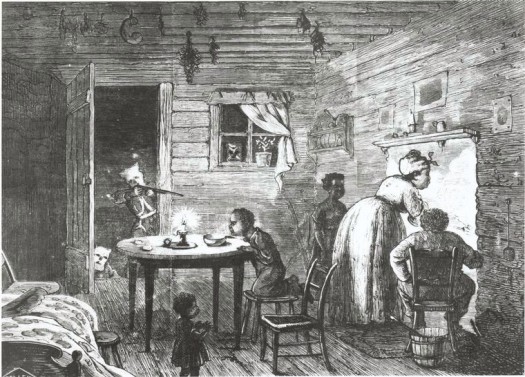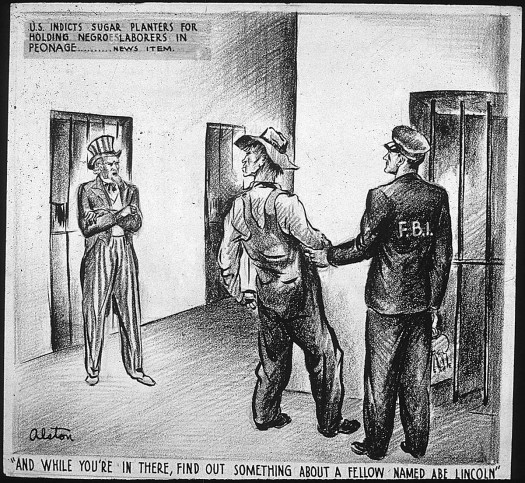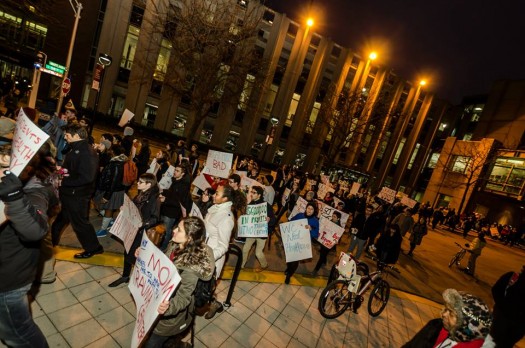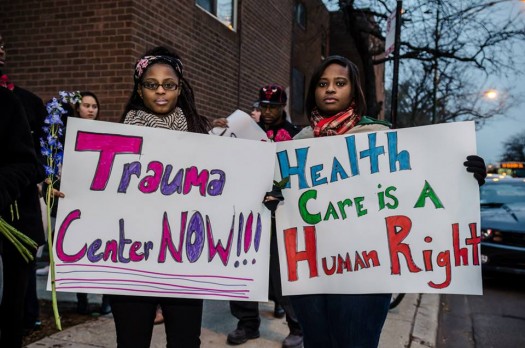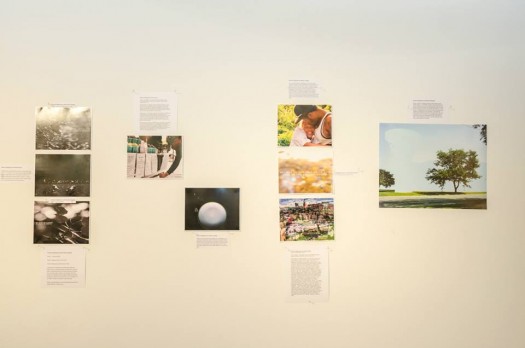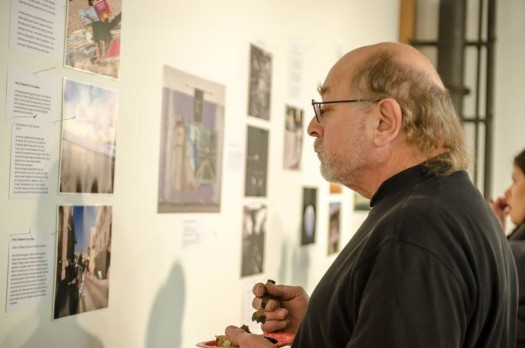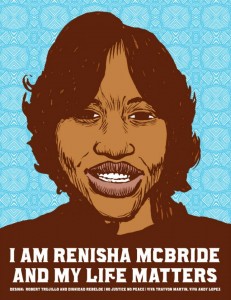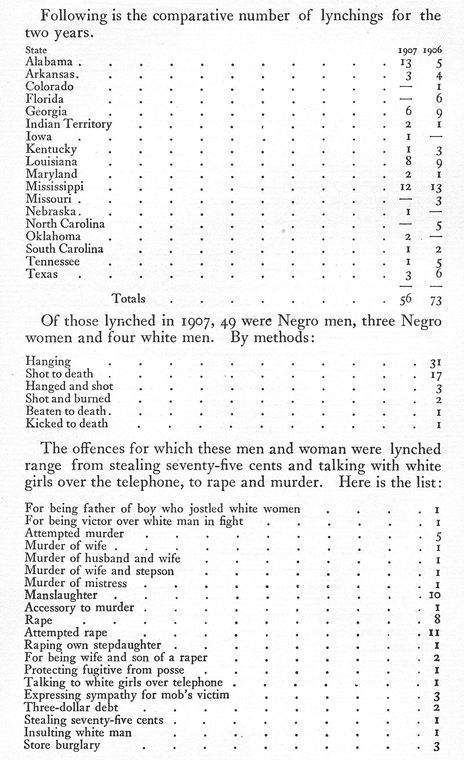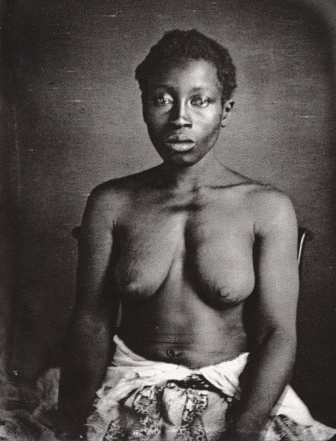HUMAN RIGHTS VIOLATIONS AT COOK COUNTY JAIL: PRISONERS WITHOUT HEAT
Press Contact: Turn Up the Heat CCJ Coalition 931-996-2865
[email protected]

As a prisoner at the Cook County Jail sat across from his visitor on Saturday, he told her that it was “so cold in his cell that he could see his breath.”
As temperatures in Chicago dipped down to 8 degrees last weekend, and have stayed below freezing, Cook County Jail (CCJ) is housing prisoners in cells with absolutely
no heat. A coalition of activists and grassroots organizations working on prison issues in Chicago are taking action. Last Thursday they launched a call in campaign to Sheriff Tom Dart’s office at the jail to get answers as to why prisoners awaiting trial at CCJ had no heat and inadequate blankets. They were repeatedly and consistently told the jail would look into it.
Advocates continued to call Tom Dart’s office, and soon jail personnel began to forward all calls regarding the lack of heat to the Public Relations Department. A representative told multiple callers that the heat was on, and had been on, in all divisions.
In the meantime, confirmed reports were coming from prisoners and their loved ones about a lack of heat particularly in Division 9 of the Jail. The claims made by jail officials were refuted. At this time, the heat is still off. Reports from prisoners confirmed that in Division 9 the inspectors came to the unit last Thursday, the heat was turned on until the weekend, and then the heat was turned off again, and has remained off despite the freezing temperatures. The jail claims that this is due to old and faulty equipment in another area of the jail, yet Division 9, a maximum security unit for male prisoners, was built in 1992.
“Jail officials say the heat has been off in only a small women’s tier for a few days, but they’re forgetting to mention the fact that they didn’t even bother turning the heat on until late November, and because of our campaign demanding they look into it,” a supporter named Michelle Day said. “Tom Dart and the media the jail is putting out to avoid attention on this issue only refers to issues in Division 4, but we are in contact with prisoners in Division 9 who have complained that they only had heat Thursday and Friday and can see their breath in their cells. This is clearly a way for the jail to attempt to save money, or be punitive toward prisoners, disregarding the fact that this is a clear human rights violation.”
One advocate, Mariame Kaba of Project NIA, began tweeting directly at Tom Dart’s
office and challenging jail officials claims. She got several responses that conflicted with the on-the-ground responses from prisoners and their visitors. Kaba documented the responses in a Storify. Asked about the response from Sheriff Dart’s Twitter account, Kaba said: “It’s important that CCJ be truthful and transparent with the public. Our taxes are used to maintain this facility & we expect humane treatment of all prisoners. I want CCJ to fix the heat situation immediately and to provide honest, non-conflicting responses as well.”
Jail advocates undertook a similar campaign last winter, when CCJ failed to turn on
the heat well into winter. The heat was turned on for a few weeks, only to be turned
off again when the pressure was off. The only time the heat was turned on again in Division 9 last winter, was when federal inspectors came in from the Dept. of Justice. As soon as they left, the heat was turned off again. So this year advocates have amped up for a broader campaign to put the heat on, and keep it on, as a campaign, and literally. They are encouraging people to call Tom Dart’s office, and to write letters to the Department of Justice Civil Rights Division, the federal overseer of the jail, to ensure it complies with federal regulations at:
US Dept. of Justice Civil
Rights Division special litigation sec. 950
Pennsylvania Ave NW
Washington DC 20530
fax: 202-514-0212
In 2008, Cook County Jail was under investigation by the DOJ for poor jail conditions including abuse by corrections officers, poor food quality, lack of access to medical care resulting in amputations, and prisoners having to sleep on the floor due to overcrowding.
The coalition says it will keep the heat on, until the heat is on for good for CCJ prisoners. A supporter named Stephanie stressed, “We’re ready to keep this campaign going, and get more advocacy organizations involved, to ensure Cook County Jail respects the human rights of its prisoners.”
For updates, find the call in campaign on Facebook.
